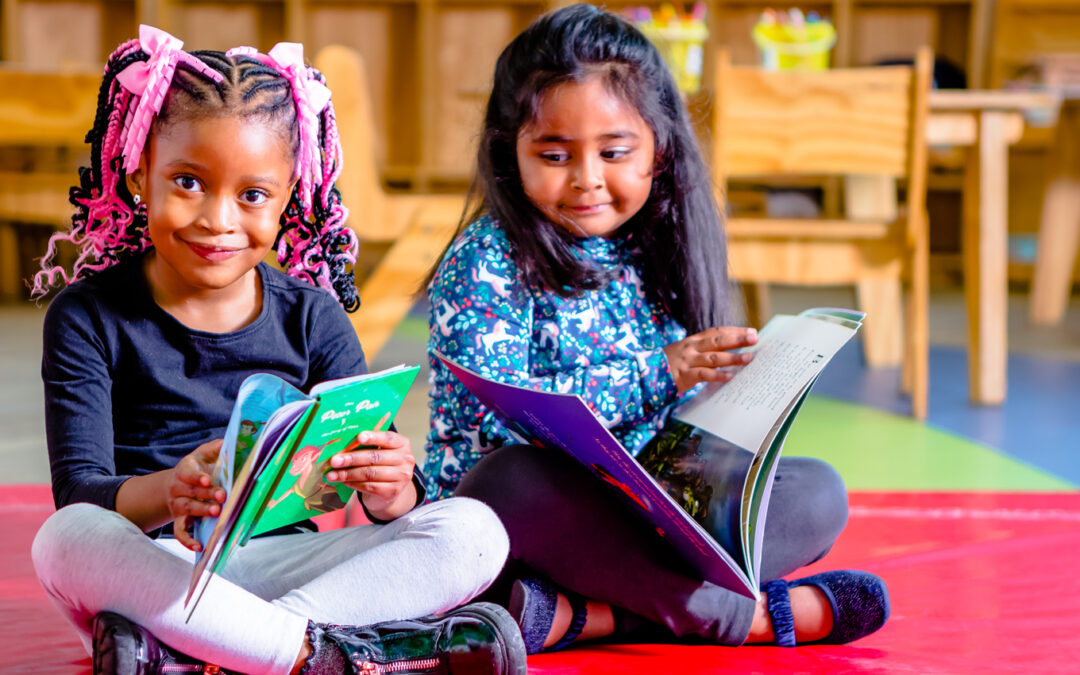Language and literacy skills are the foundation of a child’s academic success. As parents, you play an integral role in creating a language-rich environment that nurtures your child’s vocabulary, comprehension, and overall communication abilities. By embedding these elements into your daily routine, you can equip your little one with the skills needed for word-decoding, sentence fluency, and joyful reading in primary school.
Take a Well-Rounded Approach:
Language and literacy acquisition is not just about learning individual letters and sounds. A whole language approach immerses children in meaningful language experiences, emphasizing comprehension and connection. By engaging with stories, conversations, and print as part of everyday life, children develop natural fluency that complements formal phonics instruction.
This balanced method not only builds decoding skills but also nurtures a deeper understanding of language as a tool for communication and creativity. Children who experience whole language learning are better prepared to transition seamlessly into phonics-based instruction, grasping the mechanics of reading with confidence and ease.
Practical Tips for Incorporating the Building Blocks of an Early Literacy into Your Everyday Life:
- Talk, Ask, Rhyme, Clap, Sing: Engage your child in conversations about their surroundings, feelings, and interests. Ask open-ended questions, encourage your child to play with sounds through rhymes, songs, and games. Activities like clapping out syllables, identifying rhyming words, and creating silly songs all help children recognize sound patterns, a crucial pre-reading skill (phonological awareness).
- Make Storytime Magical: Cultivate a love of and respect for books by making reading an exciting part of your child’s life. Let them choose books, explore library shelves, create a reading nook in their room, and celebrate storytime as a moment of daily joy rather than a chore. Reading aloud to your child each day fosters your emotional connection with them while exposing them to rich vocabulary, sentence structures, and the cadence of language. Make it interactive: discuss the story, ask them how it relates to their life, and invite your child to predict what happens next.
- Print Exposure: Surround your child with diverse forms of print—books, magazines, labels, menus, posters, and even grocery lists! Seeing and interacting with written words in various contexts strengthens their understanding that print has meaning and purpose. Talk about words you see out in the world: on signs, on the covers of books, etc.
- It Starts with Scribbling: Encourage your child’s early writing skills through playful activities like tracing letters, drawing pictures with labels, and writing their name. Offer praise for their efforts, focusing on the joy of self-expression rather than perfection
By embracing these practices, you’ll provide your child with a robust foundation for literacy development. Together, we can cultivate a generation of curious, capable, and confident readers—one joyful page at a time!
Resources: Nal’ibali ; Reading Rockets ; Book Dash

Recent Comments